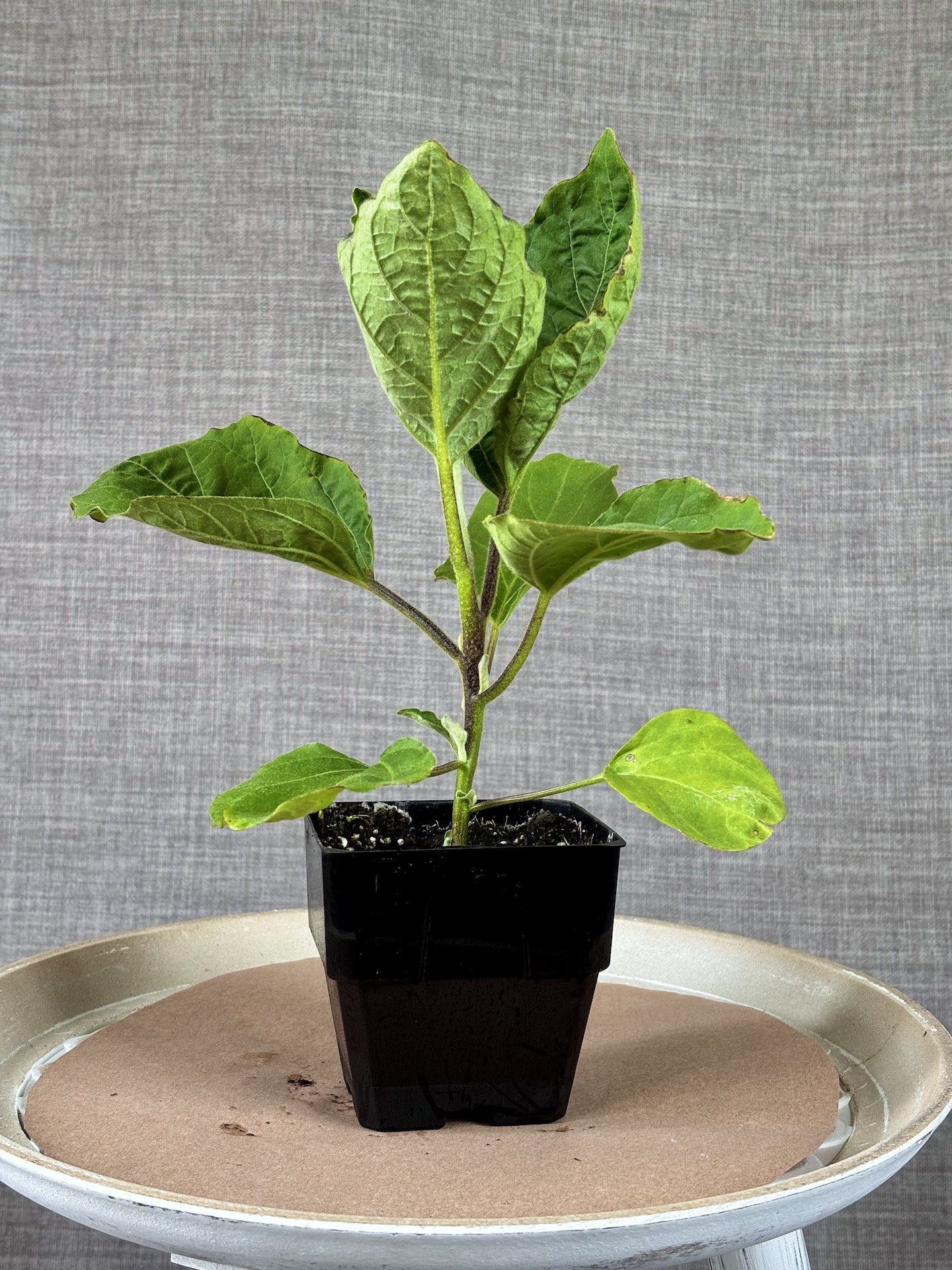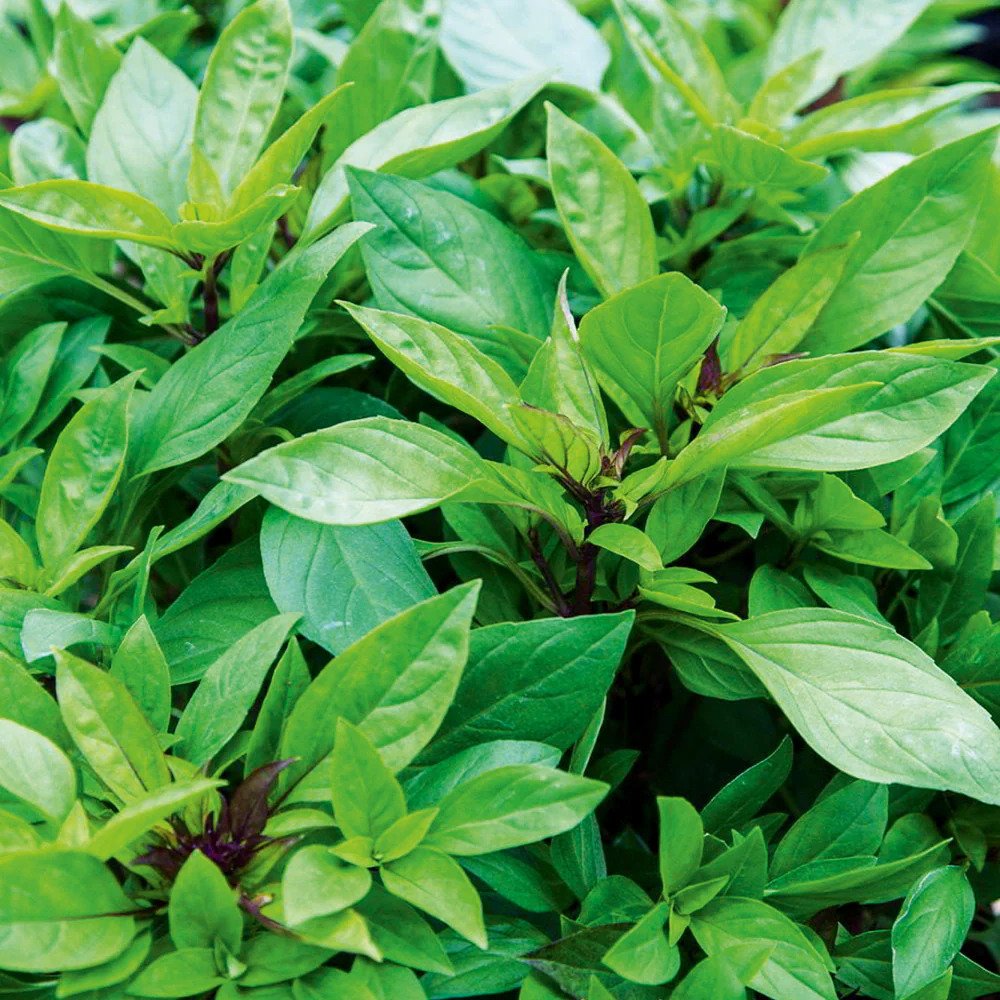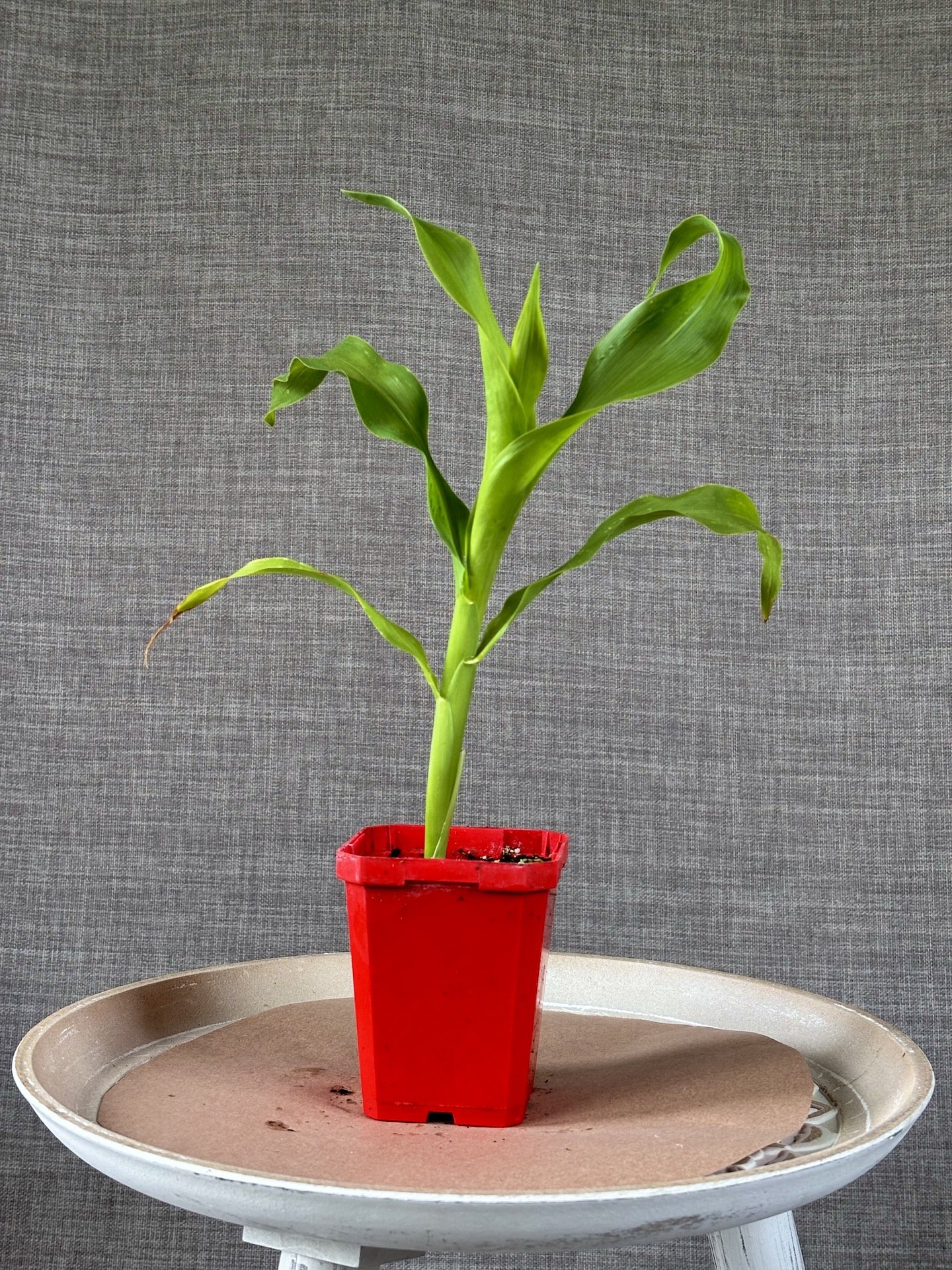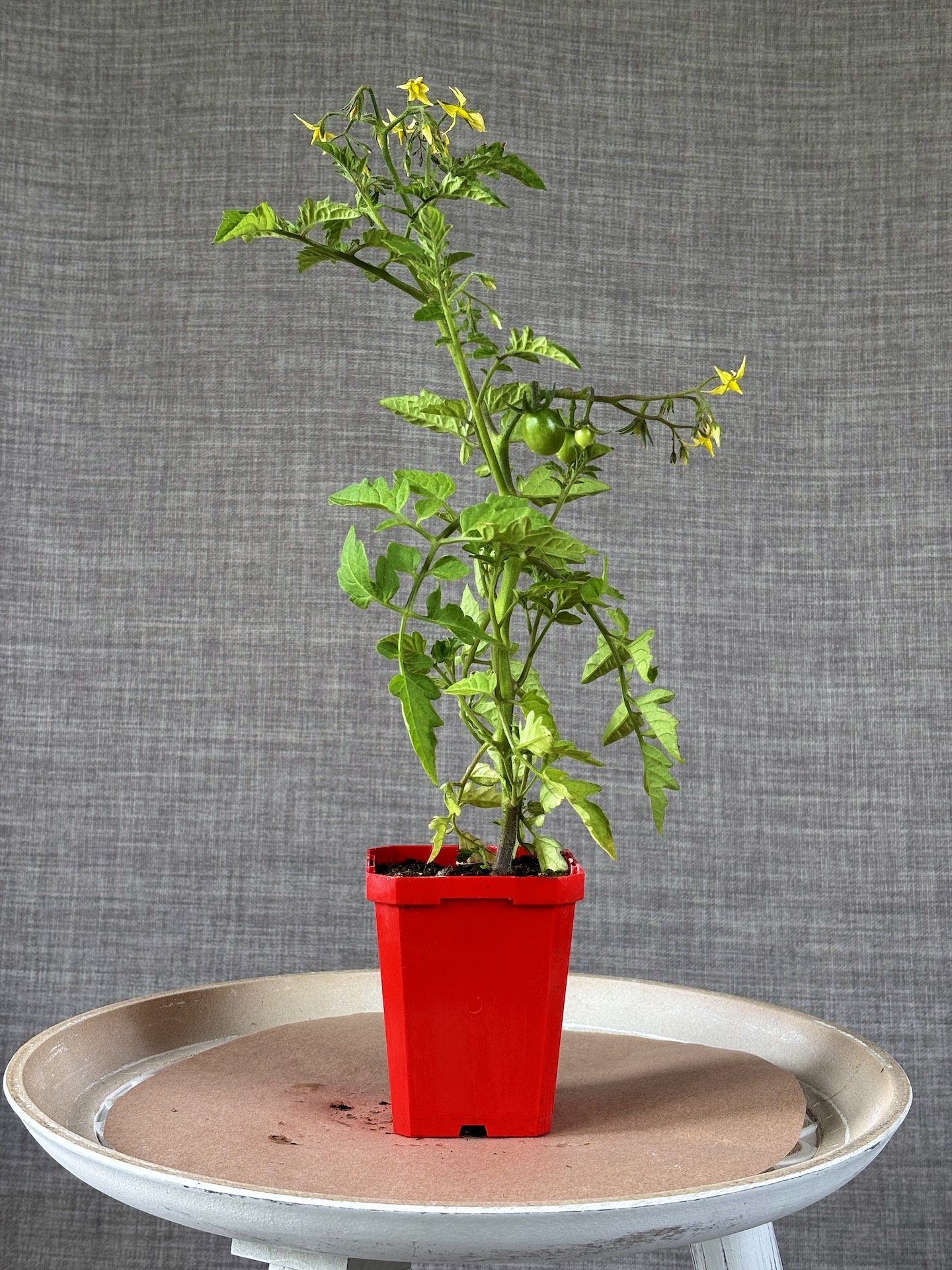 Image 1 of 2
Image 1 of 2

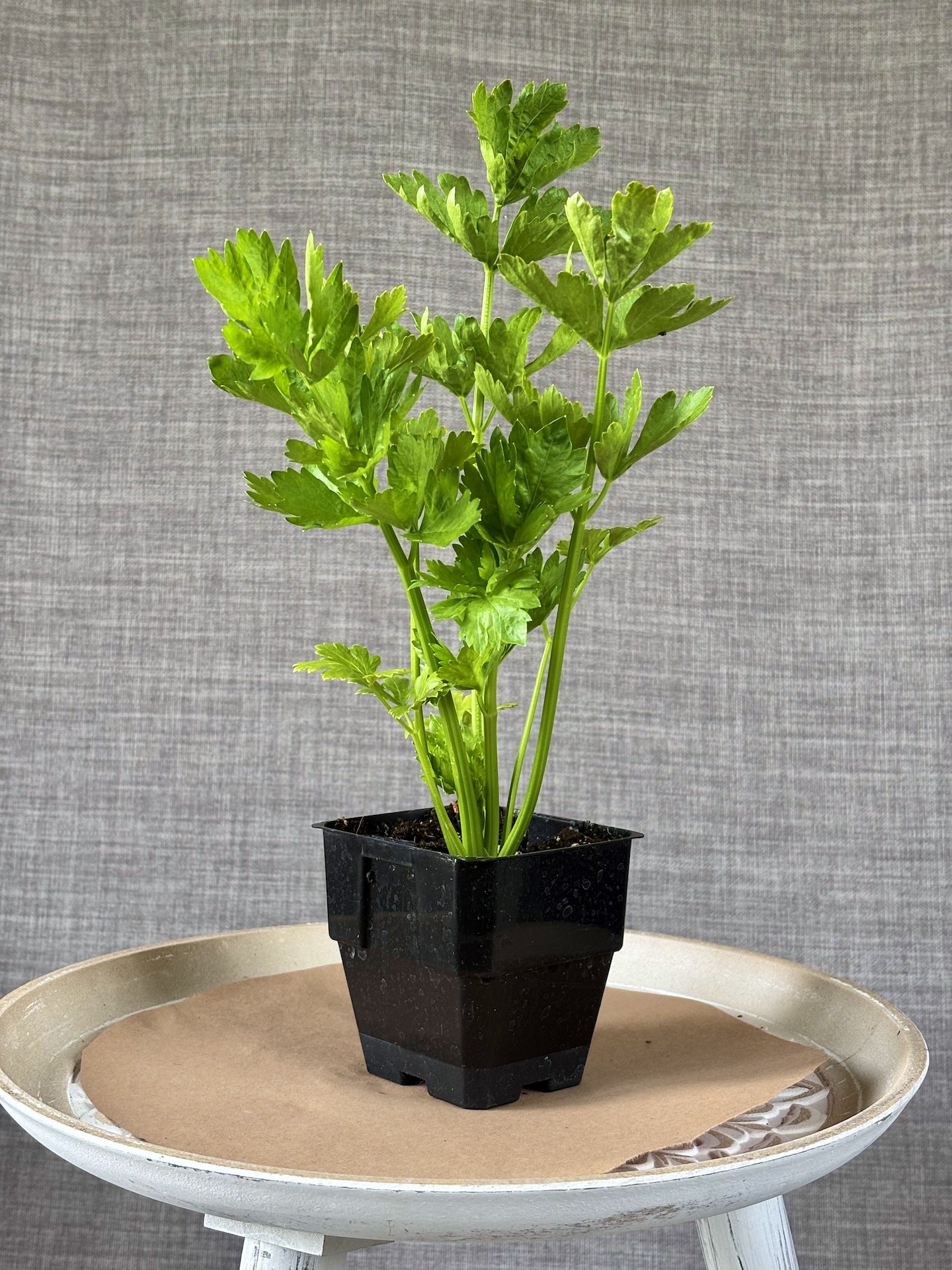 Image 2 of 2
Image 2 of 2



Celery | Apium graveolens
Celery (Apium graveolens) is a biennial plant in the Apiaceae family, valued for its crisp stalks and aromatic leaves, commonly used in culinary applications worldwide.
Light: Celery thrives in full sun, requiring at least 6 to 8 hours of direct sunlight daily for optimal growth and flavor development.
Water: Consistent moisture is crucial for celery. The soil should be kept consistently moist but not waterlogged to prevent root rot.
Soil: Celery prefers rich, well-draining soil with a pH between 6.0 and 7.0. Incorporating organic matter, such as compost or well-rotted manure, enhances soil fertility and structure.
Benefits: Celery is low in calories and rich in antioxidants, including vitamin C, beta carotene, and flavonoids, which protect cells, blood vessels, and organs from oxidative damage. It also contains phytonutrients with anti-inflammatory properties, supporting overall health.
Planting: Start celery seeds indoors 10 to 12 weeks before the last expected frost. Transplant seedlings outdoors when they have at least 5 to 6 leaves and nighttime temperatures are consistently above 10°C (50°F). Space plants 20 to 25 cm (8 to 10 inches) apart in rows 60 cm (24 inches) apart.
Regular fertilization with a balanced fertilizer supports healthy growth. Mulching helps retain soil moisture and regulate temperature. Harvest celery when stalks reach a usable size, typically 7 to 8 inches tall, by cutting the entire plant just above the soil line or harvesting individual stalks as needed.
Pots size: 8.5cm
Celery (Apium graveolens) is a biennial plant in the Apiaceae family, valued for its crisp stalks and aromatic leaves, commonly used in culinary applications worldwide.
Light: Celery thrives in full sun, requiring at least 6 to 8 hours of direct sunlight daily for optimal growth and flavor development.
Water: Consistent moisture is crucial for celery. The soil should be kept consistently moist but not waterlogged to prevent root rot.
Soil: Celery prefers rich, well-draining soil with a pH between 6.0 and 7.0. Incorporating organic matter, such as compost or well-rotted manure, enhances soil fertility and structure.
Benefits: Celery is low in calories and rich in antioxidants, including vitamin C, beta carotene, and flavonoids, which protect cells, blood vessels, and organs from oxidative damage. It also contains phytonutrients with anti-inflammatory properties, supporting overall health.
Planting: Start celery seeds indoors 10 to 12 weeks before the last expected frost. Transplant seedlings outdoors when they have at least 5 to 6 leaves and nighttime temperatures are consistently above 10°C (50°F). Space plants 20 to 25 cm (8 to 10 inches) apart in rows 60 cm (24 inches) apart.
Regular fertilization with a balanced fertilizer supports healthy growth. Mulching helps retain soil moisture and regulate temperature. Harvest celery when stalks reach a usable size, typically 7 to 8 inches tall, by cutting the entire plant just above the soil line or harvesting individual stalks as needed.
Pots size: 8.5cm
Celery (Apium graveolens) is a biennial plant in the Apiaceae family, valued for its crisp stalks and aromatic leaves, commonly used in culinary applications worldwide.
Light: Celery thrives in full sun, requiring at least 6 to 8 hours of direct sunlight daily for optimal growth and flavor development.
Water: Consistent moisture is crucial for celery. The soil should be kept consistently moist but not waterlogged to prevent root rot.
Soil: Celery prefers rich, well-draining soil with a pH between 6.0 and 7.0. Incorporating organic matter, such as compost or well-rotted manure, enhances soil fertility and structure.
Benefits: Celery is low in calories and rich in antioxidants, including vitamin C, beta carotene, and flavonoids, which protect cells, blood vessels, and organs from oxidative damage. It also contains phytonutrients with anti-inflammatory properties, supporting overall health.
Planting: Start celery seeds indoors 10 to 12 weeks before the last expected frost. Transplant seedlings outdoors when they have at least 5 to 6 leaves and nighttime temperatures are consistently above 10°C (50°F). Space plants 20 to 25 cm (8 to 10 inches) apart in rows 60 cm (24 inches) apart.
Regular fertilization with a balanced fertilizer supports healthy growth. Mulching helps retain soil moisture and regulate temperature. Harvest celery when stalks reach a usable size, typically 7 to 8 inches tall, by cutting the entire plant just above the soil line or harvesting individual stalks as needed.
Pots size: 8.5cm


